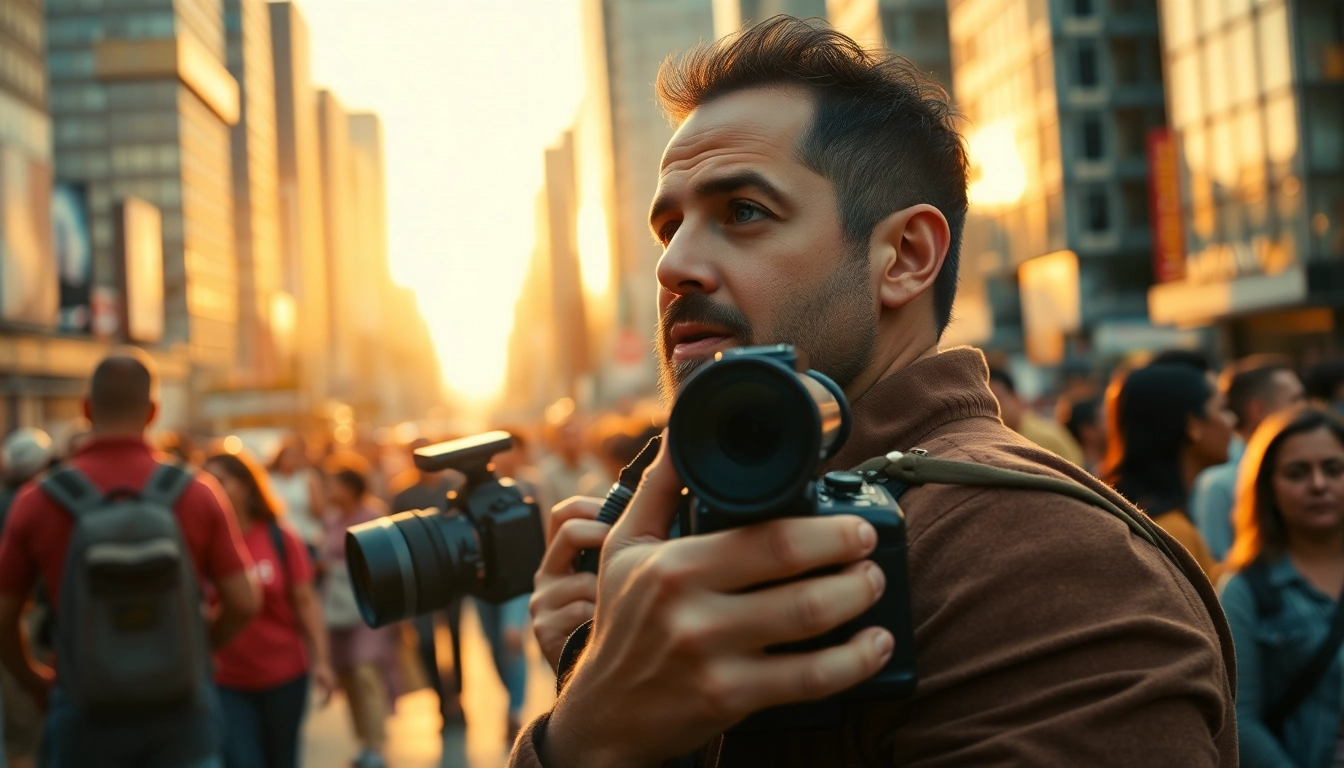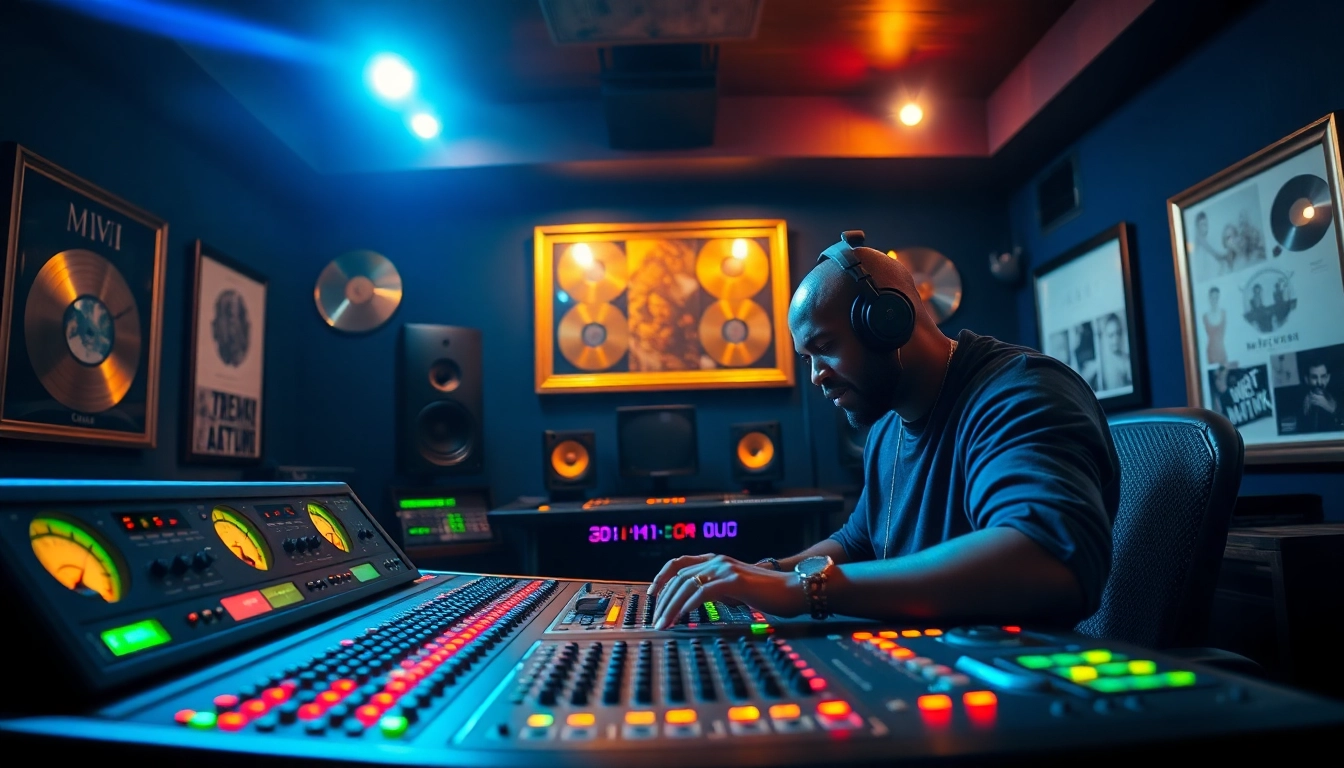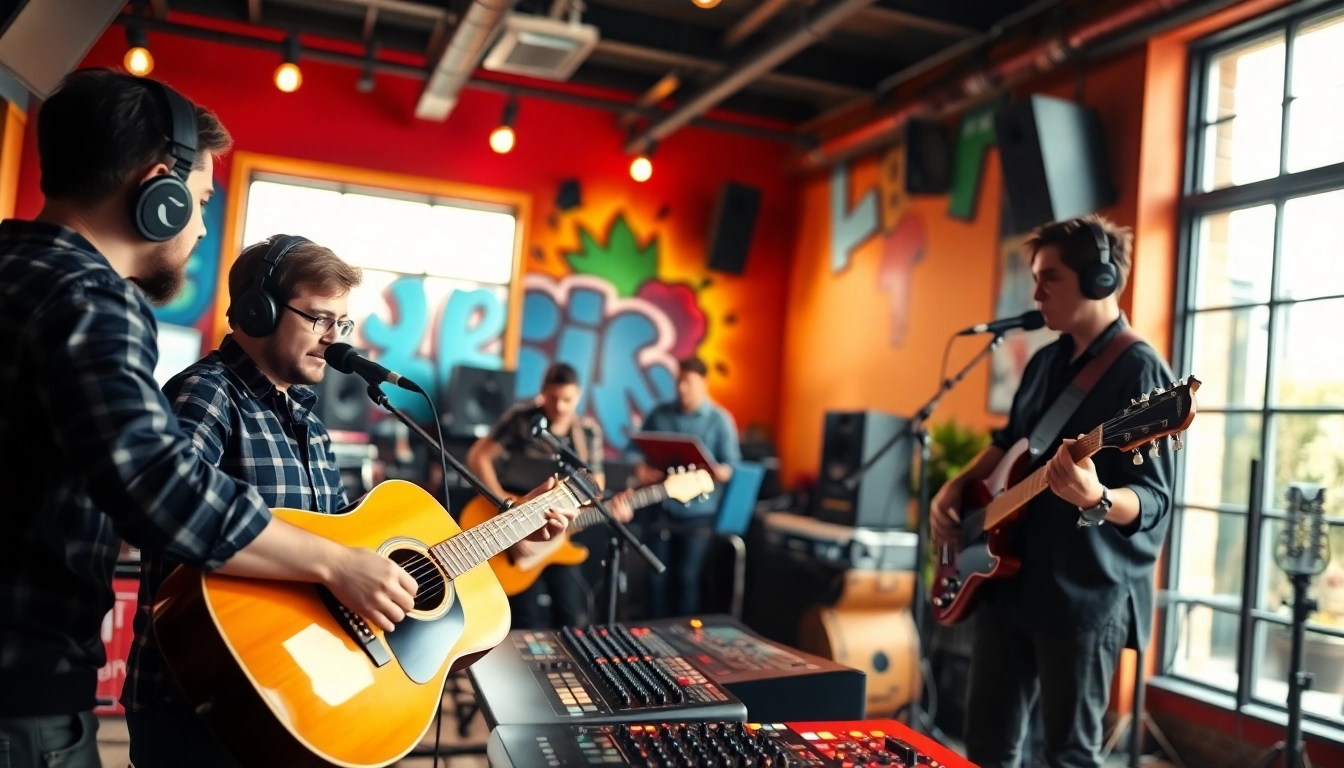Understanding the Essence of Stories & Documentaries
Defining Stories & Documentaries
In the realm of storytelling, Stories & Documentaries represent a unique fusion of art and truth. They serve as a compelling medium to convey narratives that are not only entertaining but also enlightening. While a story can take numerous forms—from fiction to personal anecdotes—documentaries encapsulate real-life events, experiences, and perspectives. They aim to inform, educate, and inspire audiences by showcasing authentic narratives and fostering a deeper understanding of the subjects they explore.
The Role of Storytelling in Documentaries
Storytelling is the backbone of any documentary. It guides the viewer through a series of events, interviews, and visuals, creating a cohesive narrative thread. The ability to invoke emotion, stir curiosity, and convey complex information in an accessible manner is critical for the effectiveness of a documentary. Through well-crafted storytelling, filmmakers can connect audiences with the underlying issues of the documentary subject, be it a personal struggle, a social movement, or environmental challenges.
The Importance of Authentic Narratives
Authenticity is vital in storytelling within documentaries. Audiences today are not just passive viewers; they are discerning consumers of information. They seek narratives that resonate with their beliefs and experiences. Therefore, relying on genuine accounts and real-world data enhances credibility. Documentarians often employ interviews and on-the-ground footage to provide firsthand perspectives, ensuring that the stories told are both accurate and relatable.
Planning Your Documentary: From Concept to Execution
Finding Your Unique Angle for Stories & Documentaries
Each documentary should offer a fresh perspective. Finding a unique angle involves extensive brainstorming and research. Consider questions like: What is the untold story? What insights can my documentary deliver that others have missed? These questions often lead to emotionally charged topics or obscure yet impactful stories begging to be told. Engaging with experts or subjects in the field can also spark ideas for angles that resonate with contemporary issues.
Research Techniques for Authentic Storytelling
Research forms the bedrock of a compelling documentary. Effective storytelling is founded on solid facts and context. Start by diving into both primary and secondary sources. This can include academic journals, interviews with participants, and historical archives. Tools such as interviews and workshops can also facilitate deeper understandings and offer qualitative insights that enhance the storyline. Furthermore, attending industry conferences and engaging with online forums can provide valuable perspectives on current trends and audience preferences.
Structuring Your Documentary for Maximum Impact
Documentary structure is crucial for maintaining viewer engagement. The classic three-act structure—setup, confrontation, and resolution—can be adapted effectively for documentaries. Begin by setting the stage, introducing the characters or subjects, and outlining the core conflict or main theme. This should transition into deeper explorations where tensions are built, culminating in a resolution that provides closure or calls to action. Consider utilizing techniques such as cliffhangers or varied pacing to maintain intrigue and emotional engagement throughout.
Technical Aspects: Filming Quality Stories & Documentaries
Choosing the Right Equipment for Filmmaking
High-quality production is essential in documentary filmmaking. Choosing the right equipment, from cameras to drones, significantly impacts the visual storytelling. Consider factors such as resolution, lens options, and portability. A DSLR or mirrorless camera often provides the best balance of quality and usability. Additionally, audio quality is equally vital; good recording equipment—lapel mics for interviews, shotgun mics for environment sounds—should not be overlooked as audio dramatically influences the overall viewing experience.
Effective Lighting and Sound Techniques
Effective lighting can elevate a documentary from good to exceptional. Natural light is a filmmaker’s best friend; however, in controlled environments, soft lighting kits can be utilized to create appealing visuals. When filming interviews, three-point lighting setups can provide a professional look. Moreover, capturing quality sound is essential. The ambient noise of environments should be recorded meticulously to ensure clarity, adding layers to the documentary’s depth.
Editing Essentials for Compelling Narratives
Editing brings your documentary to life. A seamless narrative flow can be achieved through cutting and transitioning between shots that enhance emotional impact. Tools like Adobe Premiere Pro or Final Cut Pro can facilitate complex edits involving graphics, text overlays, or animations. Prioritize pacing in the editing phase; your cuts can build suspense, induce laughter, or inspire reflection depending on the desired viewer response. Remember to focus on storytelling—make every edit consistent with your documentary’s message.
Engaging Your Audience: Distribution Strategies
Identifying Target Audiences for Stories & Documentaries
Understanding your audience is key to effective distribution. Start by creating viewer personas—profiles that represent different segments of your potential audience based on demographics, interests, and viewing habits. This allows for tailored marketing strategies that align with their preferences. Additionally, test screenings can gather valuable feedback on what resonates most and what aspects may need refinement before the final distribution.
Utilizing Social Media for Wider Reach
In today’s digital age, social media serves as a potent tool for documentary distribution. Platforms such as Instagram, Facebook, and Twitter can help promote teasers, behind-the-scenes content, and discussion points to generate buzz. Given the visual nature of documentaries, leveraging platforms like YouTube or Vimeo for full footage can also broaden your reach. Engaging with communities on these platforms encourages audience interaction and helps cultivate a loyal following.
Strategies for Film Festivals and Educational Institutions
Film festivals present opportunities for premiere screenings, networking, and critical exposure. Research relevant festivals that align with your documentary’s theme and submit accordingly. In parallel, collaborating with educational institutions can foster discussions around your documentary. Hosting screenings followed by Q&A sessions can engage audiences while promoting your documentary’s message further.
Analyzing Success: Metrics and Feedback
Performance Metrics for Documentaries
Measuring the success of your documentary necessitates an understanding of key performance metrics. This can include view counts, audience retention rates, social media engagement, and feedback from screenings. Tracking these metrics provides vital insights into audience responses, helping you gauge the effectiveness of your storytelling and engagement strategies.
Gathering Audience Feedback for Improvement
Engaging with your audience doesn’t end with distribution; actively seeking feedback is crucial for growth. Use surveys or social media polls to gather viewer reactions, preferences, and suggestions. This feedback can be particularly beneficial for future projects, allowing filmmakers to hone narrative techniques or technical skills based on real viewer experiences and expectations.
Utilizing Analytics to Enhance Future Projects
Analytics tools can provide deeper insights into audience behavior and preferences. Platforms like Google Analytics or social media insights can offer data on viewer demographics, engagement, and retention. Use these analytics to inform marketing strategies or even the storytelling approach of your next project. Understanding what worked—and what didn’t—will empower filmmakers to continually evolve their craft and better connect with their audience.














Leave a Reply